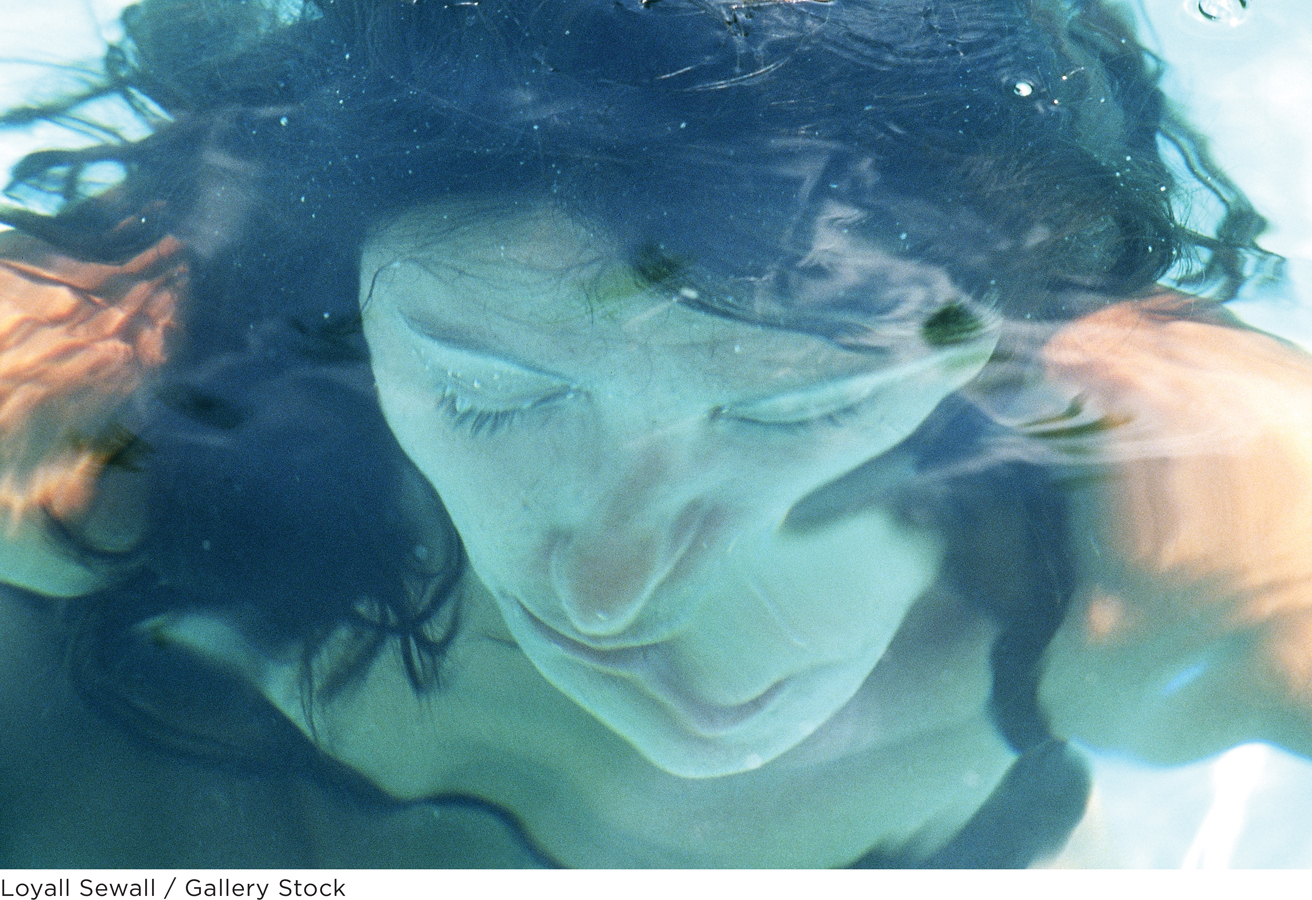Chapter 9 Introduction
Consciousness 9

CHAPTER OUTLINE
Consciousness Studies in the History of Psychology
The “What” and “Who” of Consciousness
Consciousness: What Is It?
Consciousness: Who Has It?
The Psychology of Consciousness
Dualism
Problems with Dualism
Overcoming the Problems of Dualism
CULTURAL OPPORTUNITIES: Eastern Analyses of Conscious Experience
The Biology of Consciousness
Evolution and Consciousness
Consciousness and the Brain
Sleep
The Varieties of Sleep
RESEARCH TOOLKIT: EEG
Studying Sleep
Sleep Theories
Sleep Disturbed
Dreams
What Do People Dream About?
Dream Theories
THIS JUST IN: (Day)Dreaming
Altered States of Consciousness
Meditation
Hypnosis
Psychoactive Drugs
Looking Back and Looking Ahead
FIVE YEARS AGO, THE PATIENT WAS IN A CAR CRASH. The accident fractured his skull and damaged his brain. Since then, his mind has seemed devoid of thought. His eyes are open. But if you talk to him, he doesn’t answer, and if you try to get his attention, he seems unaware of your presence. Except for simple reflexes such as opening his eyes and breathing, he doesn’t even move. His diagnosis? “Persistent vegetative state.” A team of medical specialists evaluated him for a month and could find no sign of human thought.

Then some other doctors had a different idea. They knew that, from the outside, his mind seemed blank. But how did things look “from the inside”? To find out, they put him in a brain imaging device. While taking pictures of his brain, they asked him to imagine two everyday activities: hitting some tennis balls and walking from room to room in his house. Next, they asked him simple yes/no questions—
If you had observed his doctors, their behavior would have looked futile. Why ask questions of a man who has seemed completely without human thought for five years? You would expect the brain images to be blank. But they weren’t! When the man was asked to imagine playing tennis and walking through his house, his brain activity resembled that of perfectly normal, healthy people who had been asked to think about those same activities (Monti et al., 2010). When the doctors checked his answers to the yes/no questions, they found that he got them right. He was no vegetable. He could hear the doctors’ voices, understand their questions, and answer them correctly.
His injuries had robbed this man of many abilities: walking and talking, smiling and frowning, even nodding or shaking his head. Yet there is something he still had: consciousness. ![]()
WHAT ARE YOU experiencing right now? You’re thinking about the sentences on this page. You might be feeling the temperature of the room you’re in (especially if it’s too warm or too cold), the pressure of a chair against your skin (especially if it’s uncomfortable), or the sound of some nearby music (especially if it’s loud). You might be experiencing hunger, fatigue, sleepiness, or maybe a feeling of interest as you start a new chapter of this book.
These external stimuli and internal feelings—